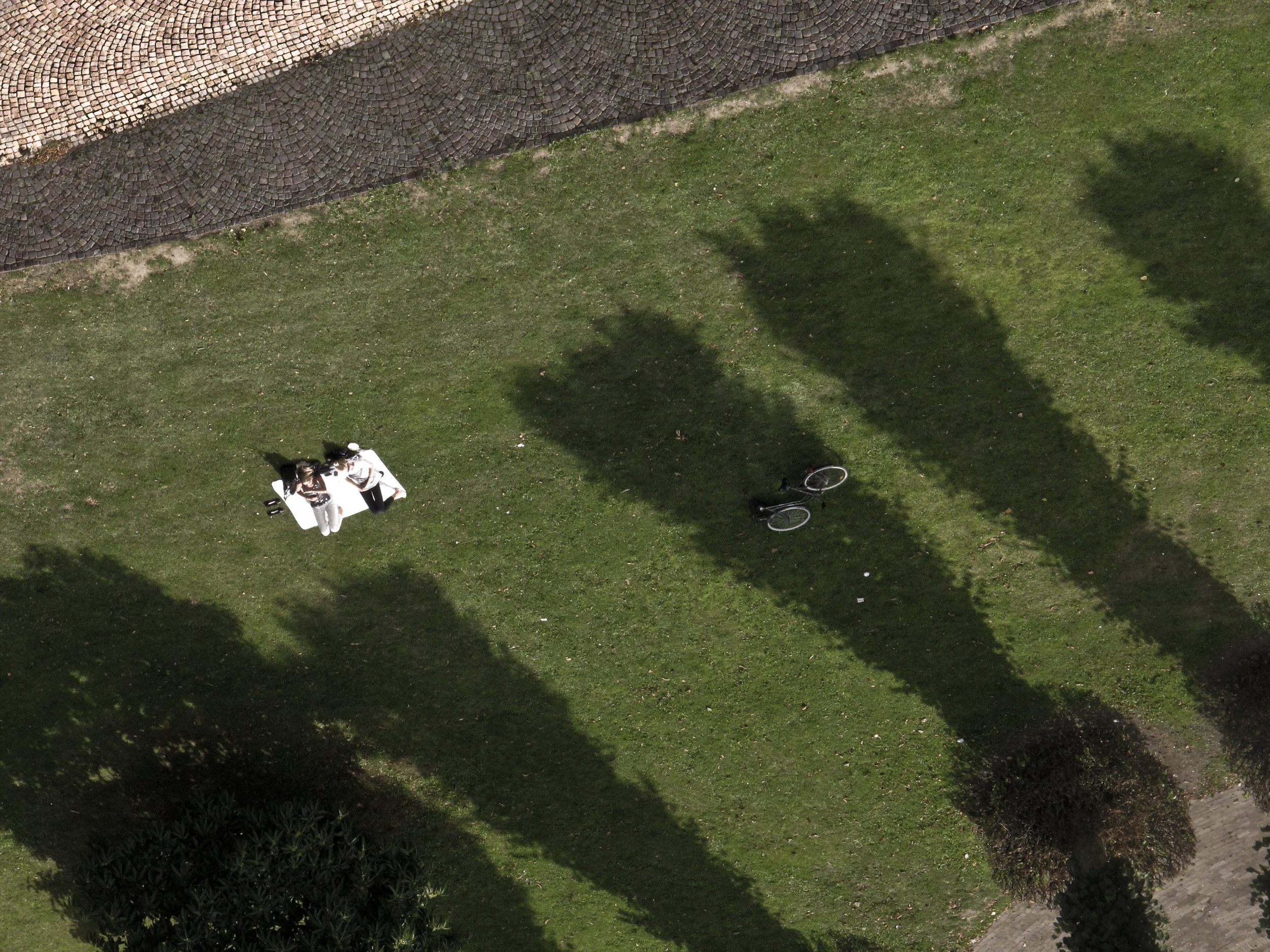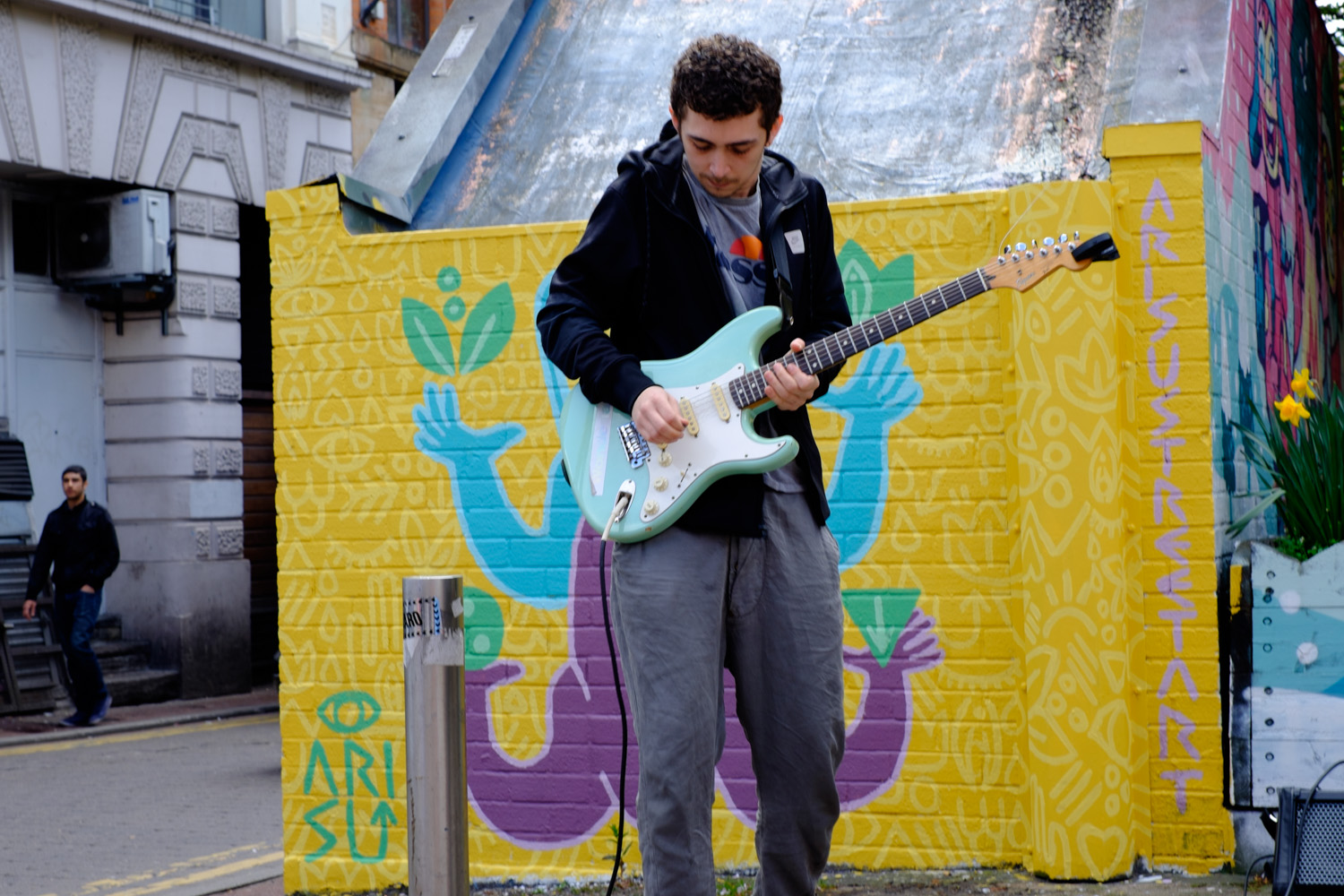“Berenice Abbott: A Life In Photography” by Julia Van Haaften
At a guess, I’d say that most people know of Berenice Abbott either from her documentation of the changing face of New York or from her connection to the archive of Eugene Atget, the Parisian “Balzac of the camera”. The basic facts of her life are simple enough. She came from nowhere, creatively speaking, to a perhaps lucky gig as Man Ray’s studio assistant and from there to her own portrait photography practice in 1920s Paris. She went back to the US before WW2 and set out to photograph the changing face of New York. From there in the 1950s she moved on to scientific photography. She was technically skilled and innovative but her big problem was that she had a genius for putting people’s backs up. Too many movers and shakers clearly saw her as humourless and difficult. Her persistence eventually paid off however and she began to earn serious money from her back catalogue from the 1970s onwards. Stylistically speaking she moved away from the early influence of the surrealists to a straight, naturalistic photography.
Blossom Restaurant, 103, Bowery, Manhatten, 1935. Berenice Abbott.
The one photo that always popped into my mind when her name came up would have been this one , Blossom Restaurant, 103 Bowery, Manhattan. The chap coming out was a piece of serendipity apparently but to me the most interesting thing is the enormous range of dishes set out on the menu in the restaurant window: did they do all of those every day, I wonder? It gives you an idea of the superb detail she caught with her large format camera in so many of the images.
You won’t find out the answer to that menu question in Julia Van Haaften’s recent biography, Berenice Abbott: A Life In Photography (W.W. Norton and Co. 2018) but it is possibly one of the few details missing from this monumental book. As a work of research it is pretty astounding. Want to know what Berenice ate for lunch on 29th November 1928? It’s in here at page 129. The company she kept in Paris in the 1920s is assiduously recorded and you get sentences like this: “McAlmon enjoyed substantial financial freedom from his six-year marriage to Winifred Ellerman, called Bryher, the British shipbuilding heiress and lover of the poet H.D. – Hilda Doolittle, whose former partner had been the poet Ezra Pound.” Got that? It’s a sort of third-person diary so there is ample to fascinate the devoted B.A. fan.
For the undecided, (e.g. me) it was a harder read because there is no real assessment of events, no glance at the horizon from time to time. Was she wasting time with the Atget archive and inviting critics to see her as in thrall to him? And why did she sell a half share in the archive to gallery owner Julian Levy for $1000 when she had paid $10,000 for the whole thing only a few years previously? At times she seems to have had little money but more than once there is reference to her fine clothes and to her cars. It doesn’t seem to stack up. The bigger picture disappears in the detail.
As for the photography – hmmmm…… There are some pretty impressive photos, no doubt about it, as you would expect in a body of work spanning half a century or so. As a straight photographic record of people and place it’s hugely interesting and some of her photos seem now to create 1930s New York as much as recording it. I don’t think photography can go beyond that: it isn’t transcendental after all. The work is one thing but the life is another. I’m not sure the life itself justifies 500 pages but this is bound to be the definitive biography for a good long while.





